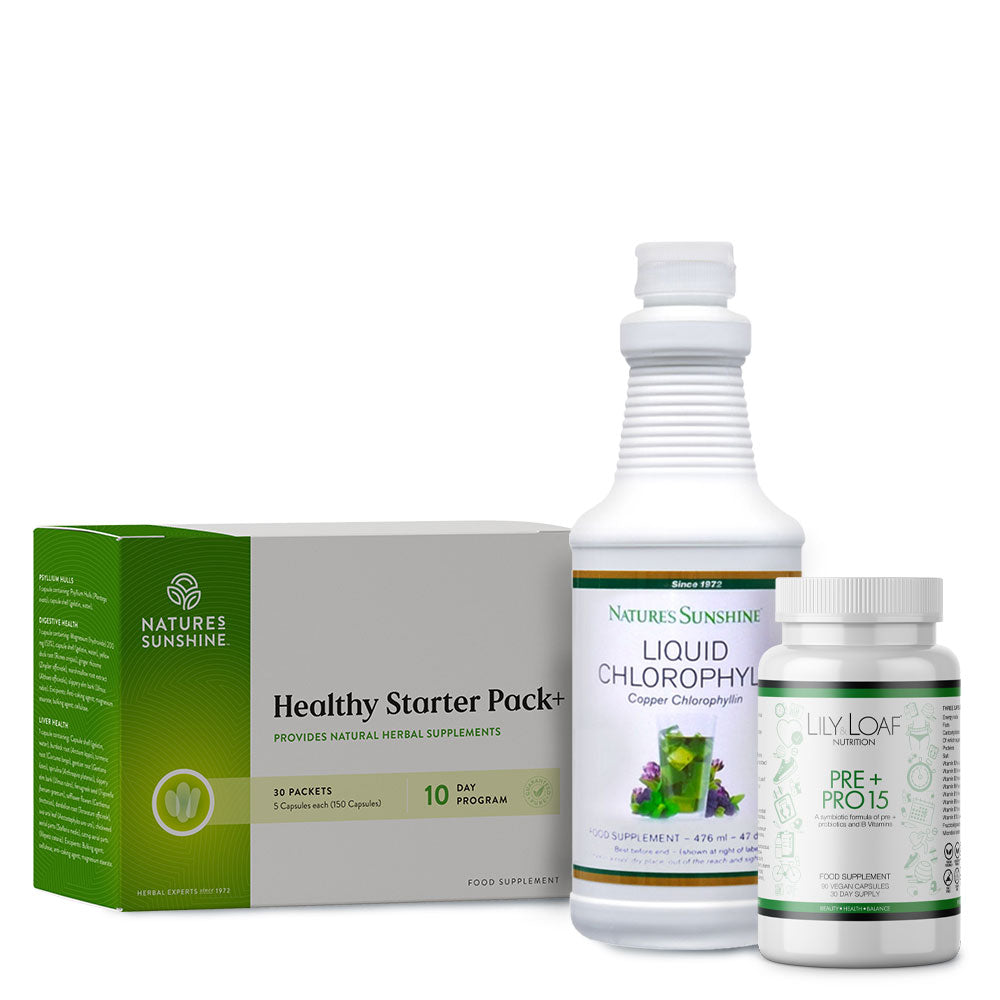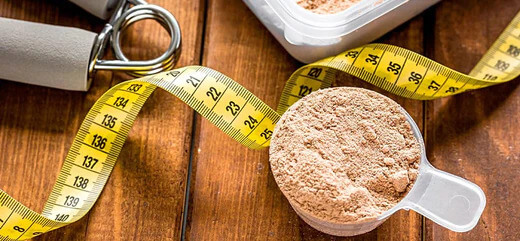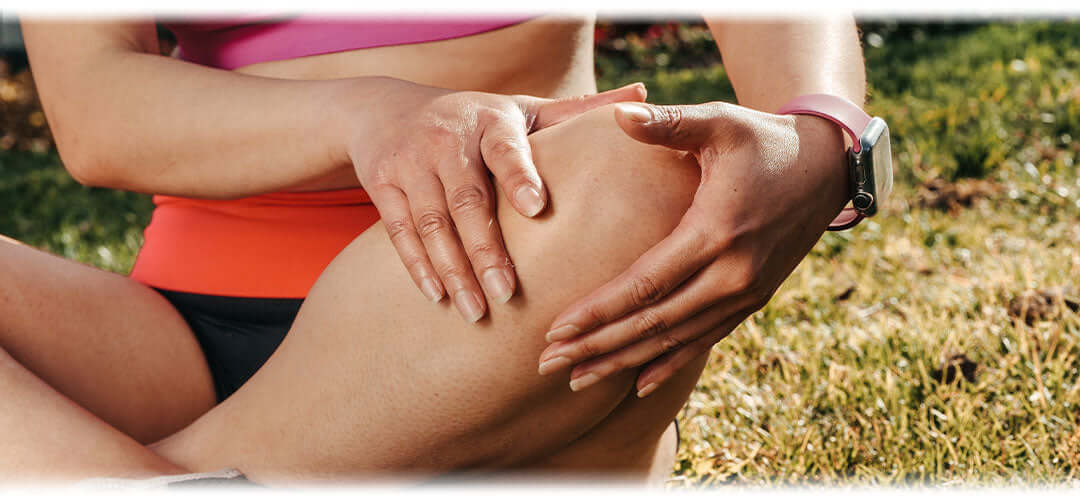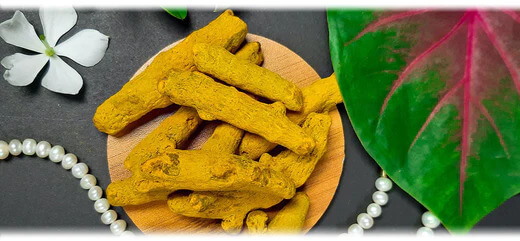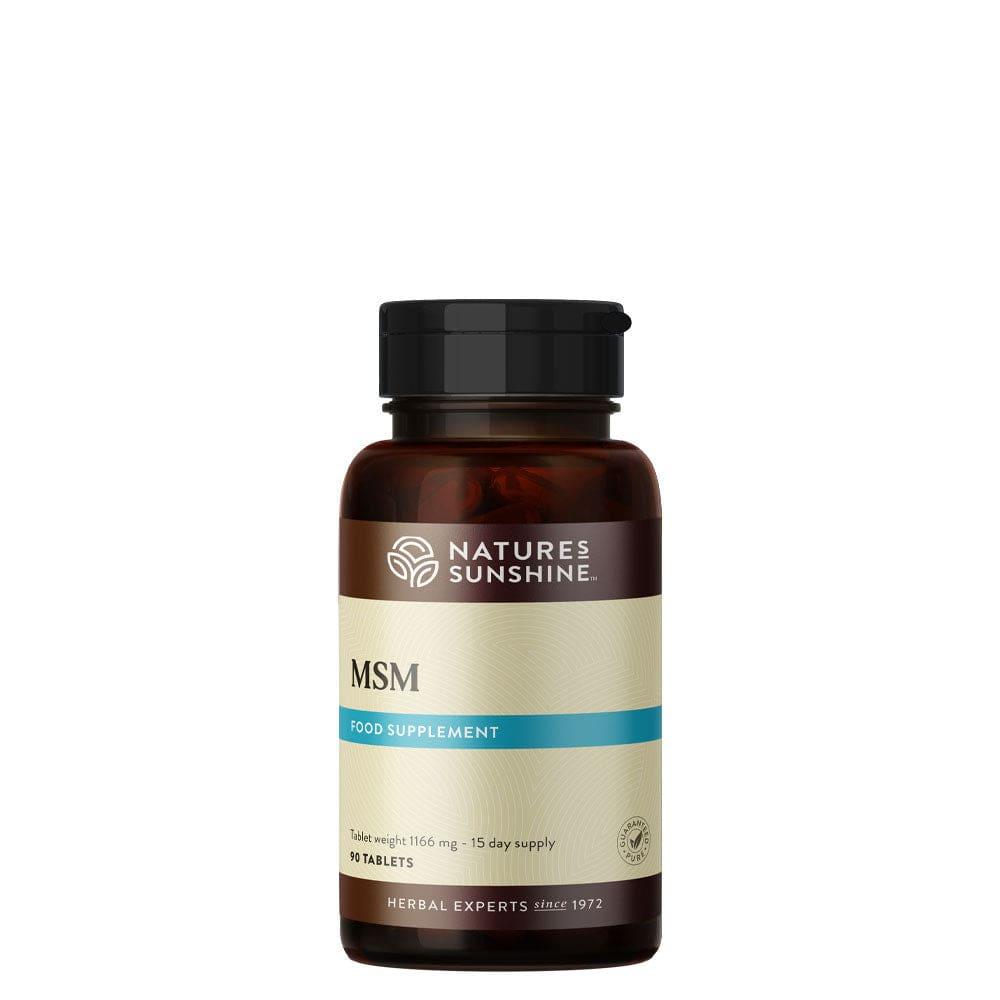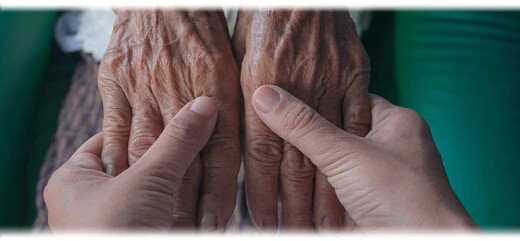
Arthritis is a cruel condition which can have a significant impact on the way you perform simple, everyday tasks. So, many people want to know how to get rid of arthritis in fingers.
While it can affect any joint in your body, arthritis is most common in the fingers, wrists, ankles, elbows, knees and hips.
It has wide-ranging effects, from pain or discomfort to swelling, stiffness and limiting the range of motion in a joint. It can also come and go, with weeks going by between flare-ups, or it can develop into constant, chronic pain which affects your quality of life.
There are two main types of condition that affect the fingers. Osteoarthritis is the most common. It occurs when the cartilage between your finger joints starts to wear down, creating uneven surfaces which cause friction when they rub together, leading to restricted movement and pain.
Rheumatoid arthritis, meanwhile, causes inflammation in the joints of your fingers, which make your knuckles stiff, swollen or painful to move. In both cases, you are likely to suffer symptoms including swollen finger joints, stiffness and pain. More extreme cases can lead to limited mobility and even joint deformity.
The impact on everyday life, however, can be profound. Finger arthritis makes performing even the simplest of tasks, such as writing, texting, holding a knife and fork, or getting dressed difficult and painful. So, if you are living with pain and are looking for a solution, here are a few tips on how to get rid of arthritis in fingers.
WHAT CAUSES FINGER ARTHRITIS?
While the exact causes of arthritis are unknown, we do know that finger arthritis tends to affect both men and women as they get older. That’s because the general wear and tear of regularly using your hands can lead to the cartilage in your finger joints getting worn down.
It’s not just limited to older people, though. People aged 16 or under can be affected by juvenile arthritis, which can develop into osteoarthritis or rheumatoid arthritis as they get older.
Your family’s medical history, your lifestyle, daily activities and even your job can all be contributing factors to developing some form of arthritis.
Regardless of whatever stage of life you’re at, the condition can be hard to diagnose. If you regularly experience any of the symptoms, you should see a doctor.
They will be able to check your hand for movement, swelling or soreness and may even recommend blood tests or X-rays to determine what type of arthritis you may have. You can usually address early-stage to moderate finger arthritis with non-surgical treatments, such as physiotherapy, medication or bone/joint supplements. Cortisone injections can also help to reduce inflammation and pain.
However, if your arthritis is more extreme, surgery may be an option. This can include replacing the small joints of your fingers with implants to restore their full range of motion and reduce the pain. In more advanced cases, fusing the finger joints in a fixed position can help relieve the pain caused by bending your fingers.
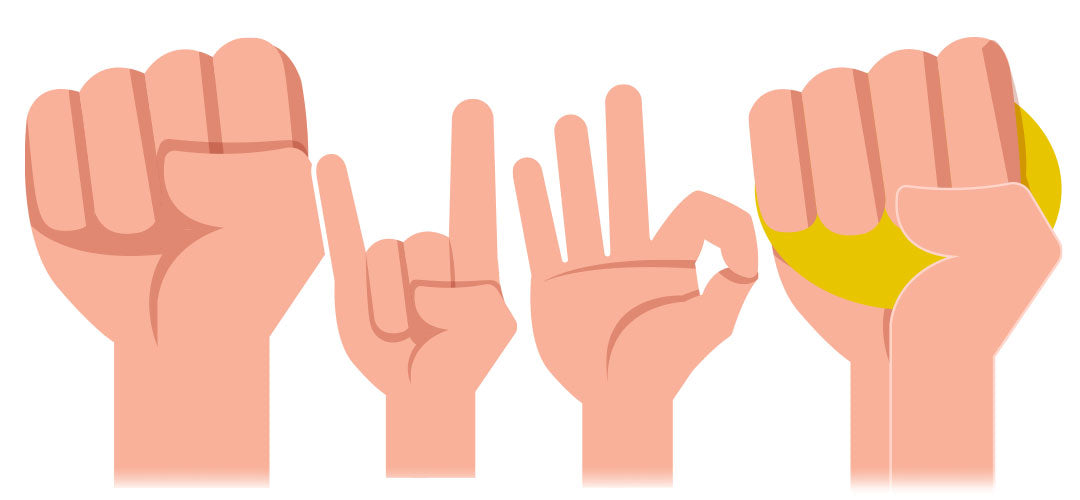
WHAT HELPS ARTHRITIS?
If you have arthritis in your fingers, there are several exercises you can do to help retain the full range of motion in your hands and keep the pain at bay. You can do these exercises any time your hands start to feel stiff, several times a day if necessary. Repeat each movement ten times for maximum benefit:
Make a fist by clenching your fingers and thumb into your palm, hold for two seconds then extend your digits back out as far as they will go
FINGER BENDS
Start with your fingers fully extended and bend each one in toward your palm. Again, hold for a couple of seconds, then release.
THUMB BENDS
As above but this time, bend your thumb instead of your fingers.
FINGER LIFTS
Place your palm on a flat surface such as a table, then, in turn, lift each finger upwards as far as it will go, while keeping your palm flat.
GRIPS
Place a squash ball, an apple or orange, a rolled-up piece of paper or anything else that comes to hand into your palm, wrap your fingers around it and grip it tight for a few seconds before releasing.
WRIST-STRETCH
Hold your arm straight with your palm pointing down. Bend your wrist downwards to as close to a right angle as possible. Hold for a couple of seconds, release, and then bend your wrist upwards as far as it will go. Hold, release and repeat.
HOW TO PREVENT ARTHRITIS
As well as the everyday exercises you can do to help ease the symptoms of arthritis, there are a few simple steps you can take to improve your diet and lifestyle, which can help prevent arthritis developing.
These include:
TAKE NATURAL SUPPLEMENTS
While eating a healthy diet will certainly help give your body the nutrients it needs to support the development of cartilage, joints and bones, there are a few bone and joint health supplements you can try to get a helping hand.
